
Beef chili, a dish steeped in history, has evolved from a simple stew to a culinary icon. Its journey from humble beginnings to a beloved classic is a tale of cultural fusion and culinary innovation.
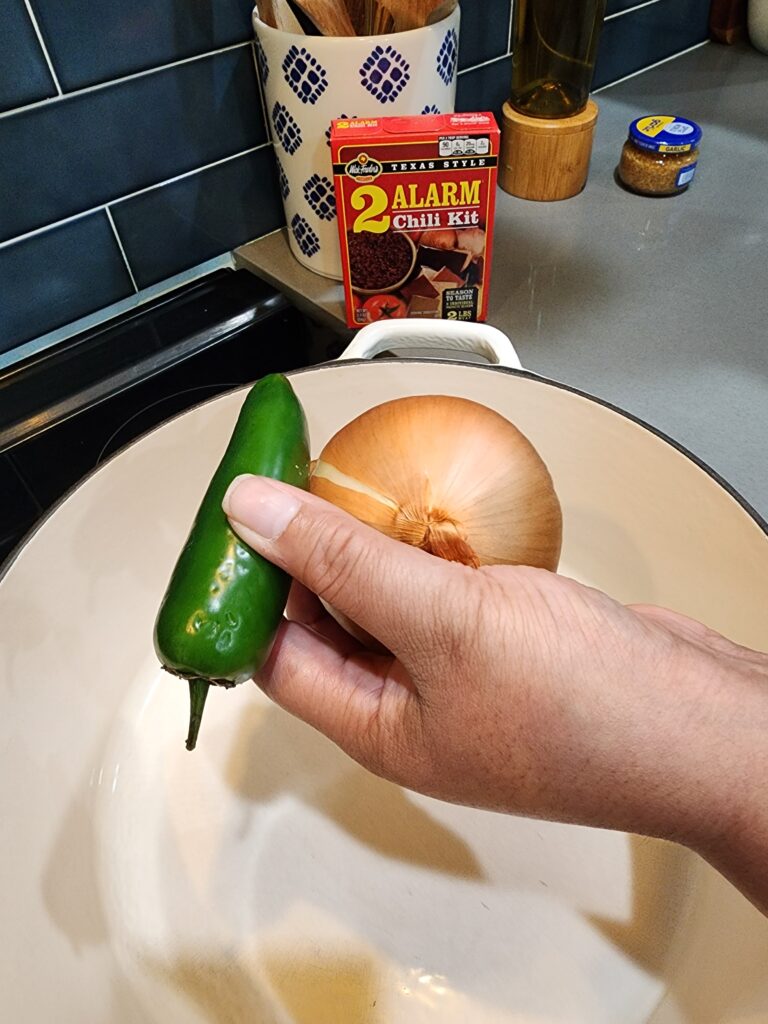
Sure, I’d be happy to help with that! Here’s a cozy and inviting recipe card for your delicious chili:
Spicy and Hearty Beef Chili
Ingredients:
Instructions:
Tips:

Enjoy your heartwarming bowl of chili!
This variant of chili stands out for its rich, deep flavors and comforting warmth. The combination of spicy beef with the creamy tang of cheddar creates a delightful contrast, elevating this dish beyond the ordinary.
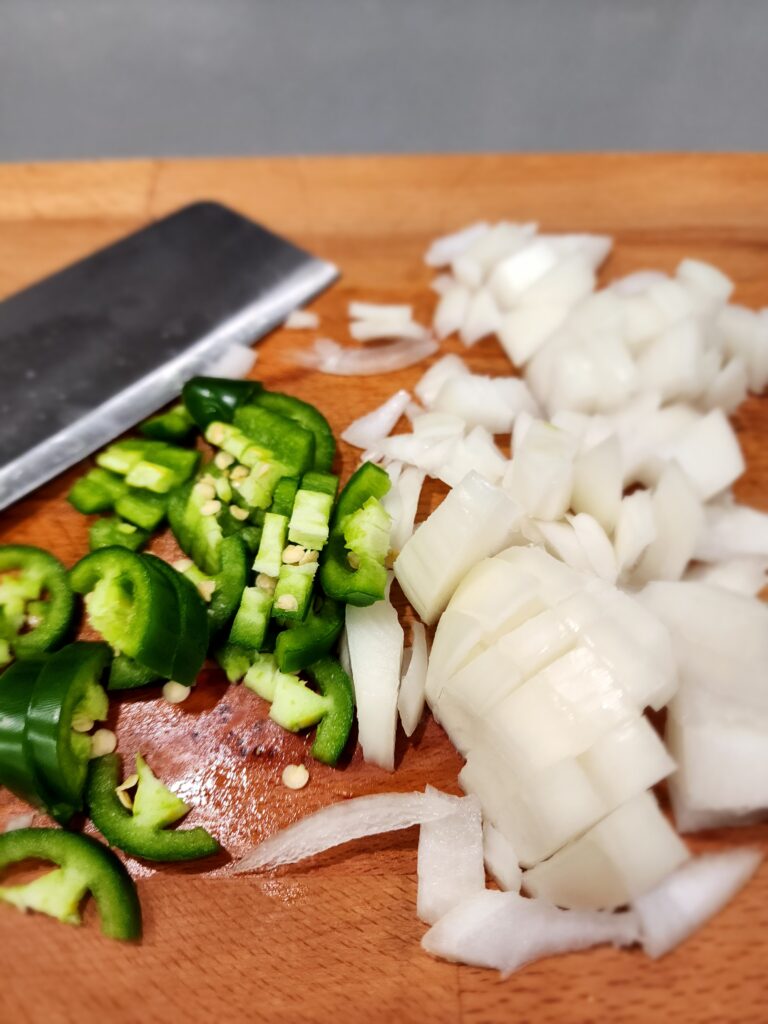
The choice of beef cut can profoundly affect the chili’s texture and flavor. From the lean sirloin to the more marbled chuck, each cut contributes uniquely to the final dish.
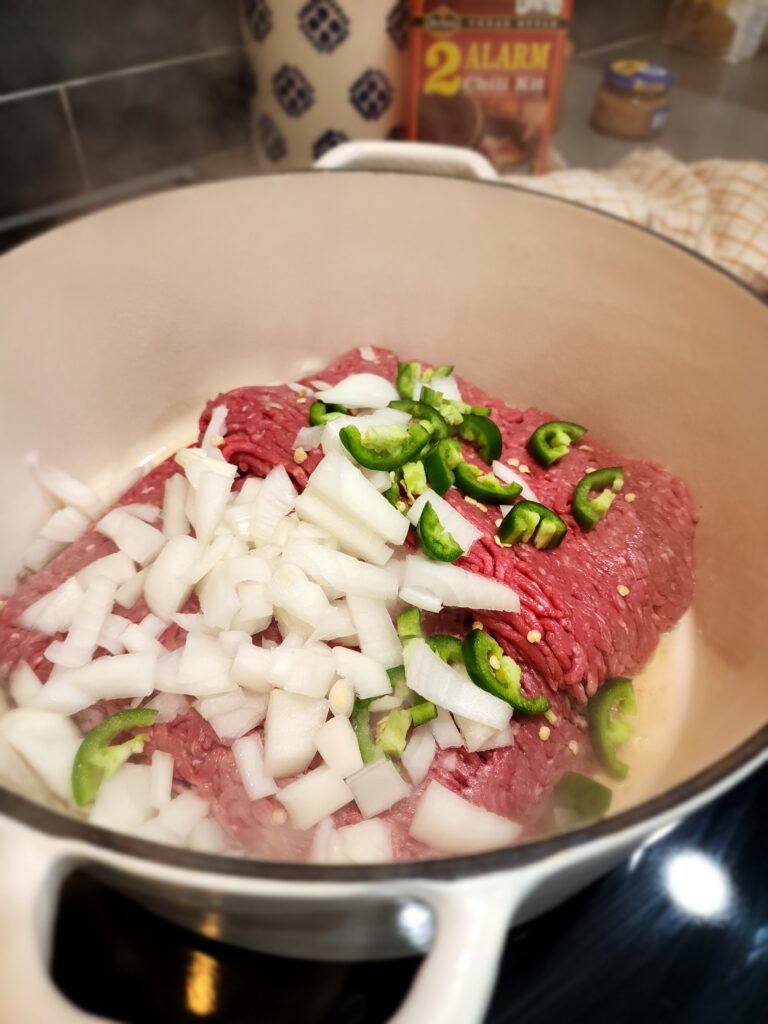
Invest in high-quality beef for the best results. Look for fresh, well-marbled cuts and consider sustainability and ethical farming practices while making your choice.
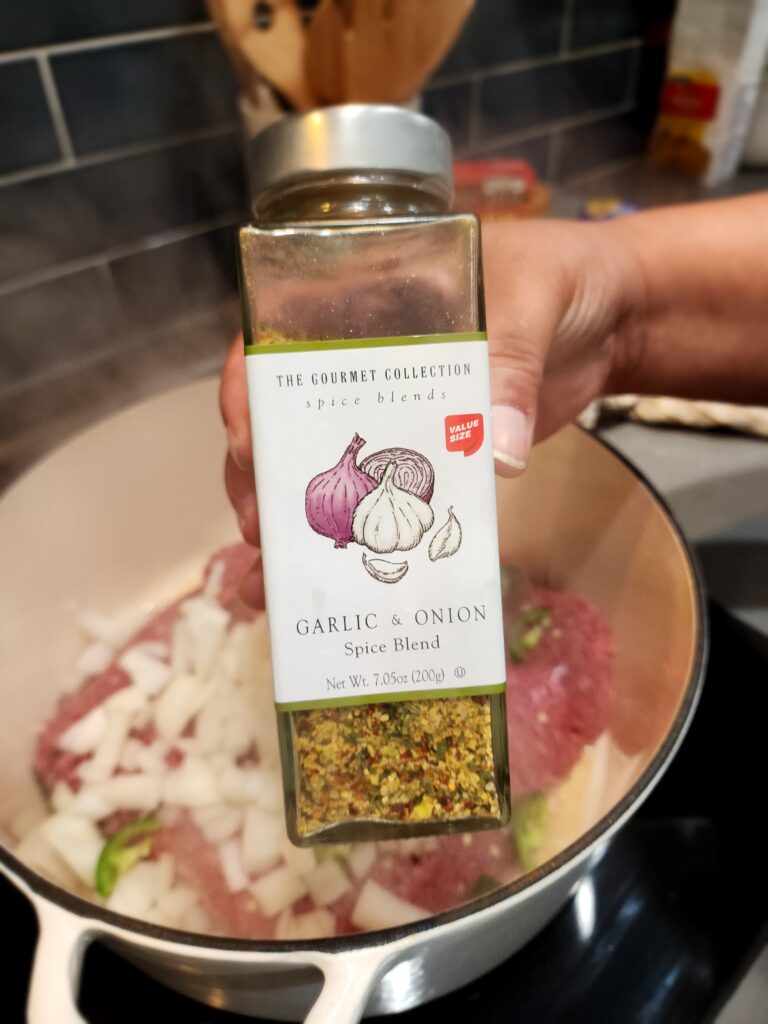
Marinating the beef enhances its flavor and tenderness. A combination of spices, acids, and oils can transform the beef into a flavor-packed ingredient that’s perfect for chili.
A blend of spices like cumin, chili powder, and smoked paprika is crucial for a robust flavor profile. These spices lend a warm depth and richness that is quintessential to beef chili.
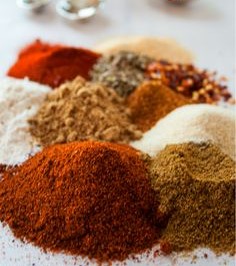
Sauteing onions and garlic until they are caramelized forms a flavor foundation for the chili. This step is crucial for developing a rich and aromatic base.
Browning the beef properly is key to unlocking its flavor. This involves cooking the beef at a high temperature until it develops a deep, rich crust.
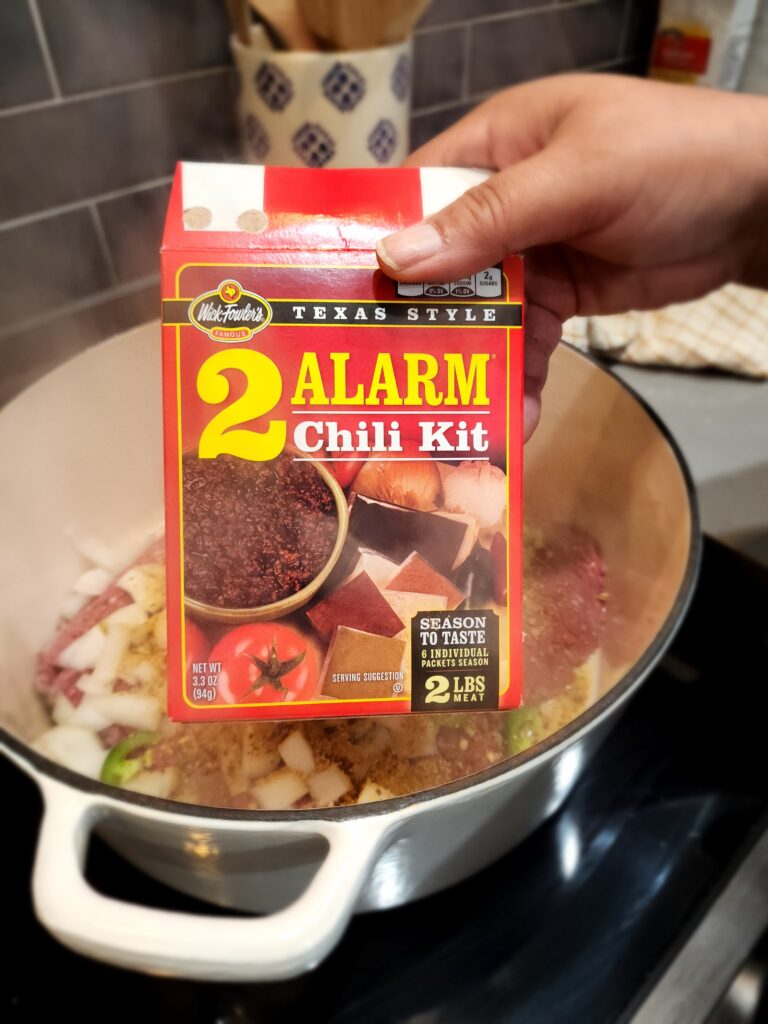
The choice between aged and mild cheddar affects the overall taste. Aged cheddar offers a sharper, more intense flavor, while mild cheddar provides a smoother, creamier texture.
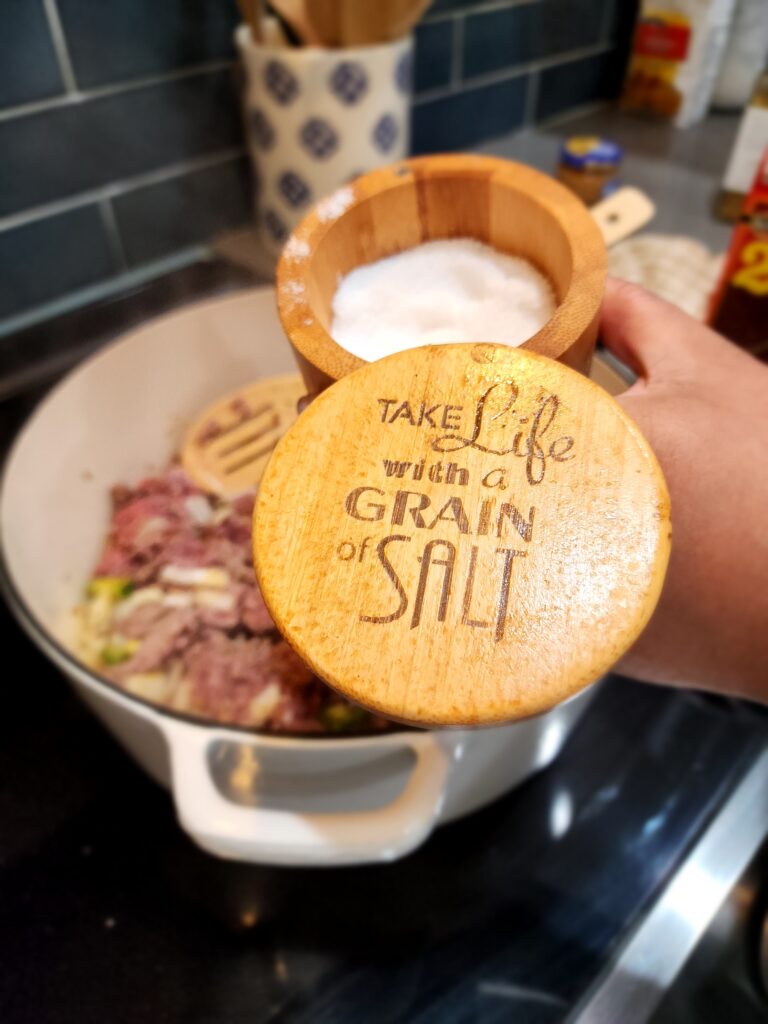
The texture of the cheese impacts the consistency of the chili. Melting characteristics of different cheddars can either enrich the chili’s body or give it a more subtle cheese undertone.
Tomatoes add acidity and sweetness, balancing the richness of the beef and spices. Their choice, whether fresh, canned, or paste, influences the chili’s texture and flavor profile.
The broth not only adds liquid but also depth and complexity. A rich beef or vegetable broth can amplify the underlying flavors of the chili.
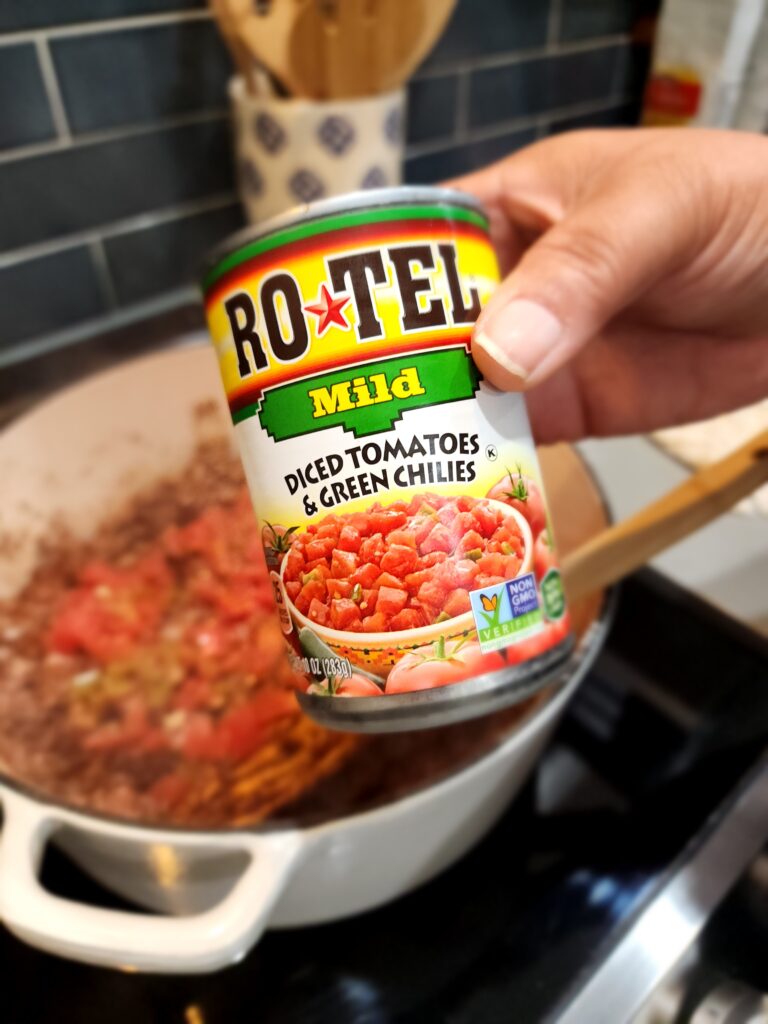
Beans add heartiness and texture to chili. However, purists may argue that they can overshadow the beef’s flavor. This section explores the role of beans in chili.
If opting for beans, cooking them correctly is vital. This includes choosing the right type of bean and ensuring they are cooked to the perfect texture.
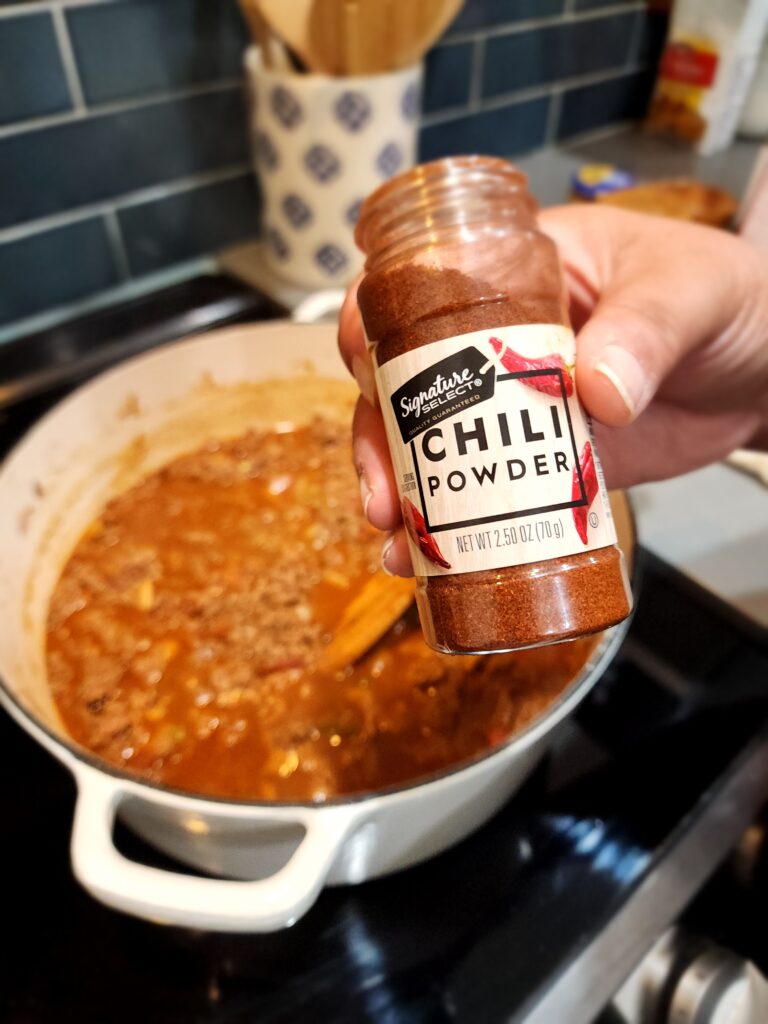
Simmering chili slowly and at a low temperature allows flavors to meld and intensify. This slow cooking process is essential for a well-rounded and complex chili.
Adjusting spices and seasonings as the chili simmers is crucial for achieving a balanced flavor profile. This involves tasting and tweaking the seasoning to perfection.
The heat level in chili can be customized to personal preference. This might involve adjusting the amount and type of chili peppers or hot sauces used. This recipe has my eye on it to cook with this chili here.
Beyond the basics, explore creative add-ins like dark chocolate, beer, or coffee to add unique flavors and nuances to your chili.
Suggested accompaniments like cornbread, sour cream, or avocado can enhance the dining experience, adding complementary flavors and textures.
Presentation tips include serving ideas and garnishing techniques that make the chili visually appealing and even more inviting.
Proper storage methods for beef chili ensure it remains delicious for subsequent meals. This involves cooling the chili quickly and storing it in airtight containers in the refrigerator or freezer. Check out my short rib recipe here, it is to die for.
Storing beef chili properly is crucial for maintaining its flavor, texture, and safety for consumption. Here are some best practices for storing your beef chili:
By following these storage practices, you can enjoy your homemade spicy beef and cheddar chili safely and deliciously over several days or even months. Proper storage not only preserves the flavor and quality of your chili but also ensures that it remains a healthy and enjoyable meal every time you reheat it.
Reheating it without losing its essence requires gentle heating. Whether on the stove or in a microwave, the key is to warm it slowly and stir frequently to preserve the flavors and textures developed during cooking.

Provide tips on how to adjust the consistency, whether it’s making it thicker or thinner, and fine-tuning the flavor profile to achieve the perfect balance.
In this comprehensive guide to making spicy beef and cheddar chili, each section is designed to walk you through the process step by step, ensuring that it is not only flavorful and hearty but also a reflection of your personal taste and culinary skills. Whether you’re a seasoned chili connoisseur or a novice in the kitchen, this article will equip you with the knowledge and inspiration needed to create a delicious, comforting bowl of chili that’s perfect for any occasion.